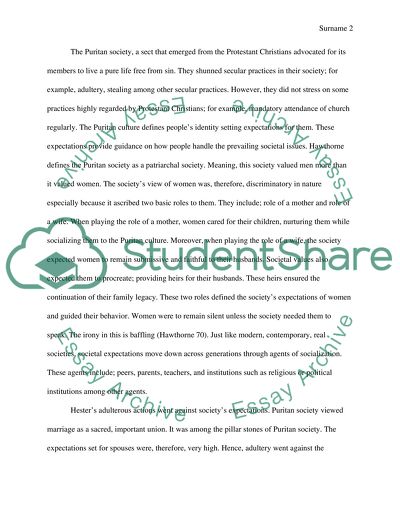Cite this document
(“The Scarlet Letter (1995) Movie Review Example | Topics and Well Written Essays - 1500 words”, n.d.)
Retrieved from https://studentshare.org/history/1472919-the-scarlet-letter
Retrieved from https://studentshare.org/history/1472919-the-scarlet-letter
(The Scarlet Letter (1995) Movie Review Example | Topics and Well Written Essays - 1500 Words)
https://studentshare.org/history/1472919-the-scarlet-letter.
https://studentshare.org/history/1472919-the-scarlet-letter.
“The Scarlet Letter (1995) Movie Review Example | Topics and Well Written Essays - 1500 Words”, n.d. https://studentshare.org/history/1472919-the-scarlet-letter.


